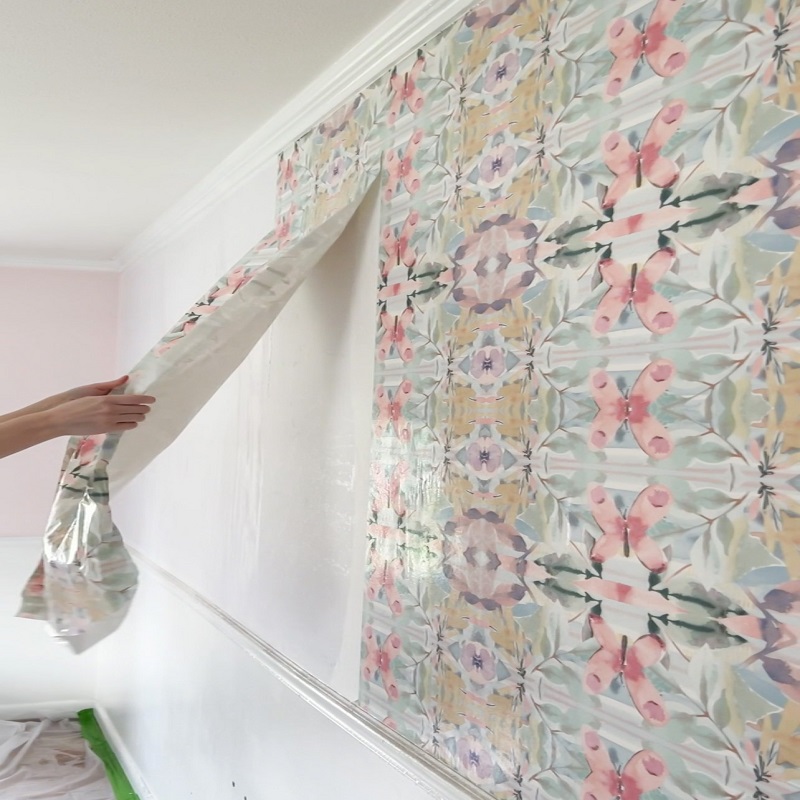Wallpaper removal can be a daunting task, but with the right tools and techniques, it can be a relatively easy process. Whether you’re redecorating your home or simply want to get rid of outdated wallpaper, it’s important to approach the task with the right mindset and preparation. In this guide, we’ll discuss the proper methods for removing wallpaper, from preparing the room to applying a new coat of paint or wallpaper.
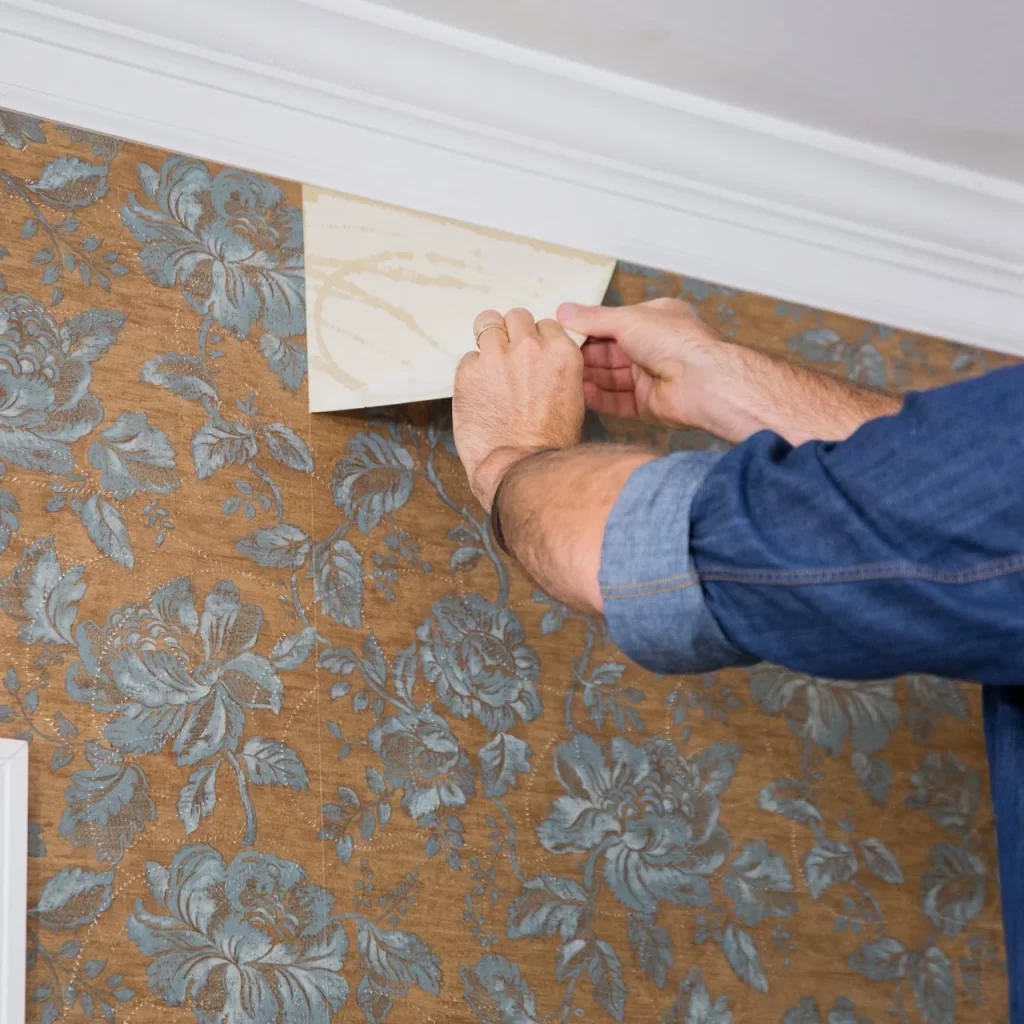
Preparing the Room
Before you begin the wallpaper removal process, it’s important to prepare the room to minimize mess and damage to the surrounding areas. Here are a few important steps to take before you get started:
- Clear the room of furniture and other items. This will give you plenty of space to work and will prevent any damage to your belongings.
- Lay down a drop cloth or plastic sheeting to protect the flooring from water, adhesive, and other debris.
- Remove any outlet covers, switch plates, and other fixtures from the walls. This will make it easier to access the entire wall surface.
Gathering the Necessary Tools and Materials
Once the room is prepared, it’s time to gather the tools and materials you’ll need for the wallpaper removal process. Here are the essential items you’ll need:
- Wallpaper scraper or putty knife
- Wallpaper stripper solution or homemade mixture (such as equal parts hot water and vinegar)
- Spray bottle
- Sponge
- Bucket
- Sandpaper
- Paint or wallpaper primer (optional)
Removing the Wallpaper
Now that the room is prepared and you have all the necessary tools and materials, it’s time to begin the wallpaper removal process. Follow these steps for best results:
- Test a small area of the wallpaper to determine the best removal method. Depending on the type of wallpaper and adhesive used, you may need to use a different approach.
- If the wallpaper is vinyl or washable, score the surface with a wallpaper scorer or sharp knife to allow the removal solution to penetrate. If the wallpaper is fabric-backed, skip this step.
- Apply the wallpaper stripper solution to the wallpaper using a spray bottle or sponge. Allow the solution to soak in for a few minutes to soften the adhesive.
- Use a wallpaper scraper or putty knife to gently lift the edges of the wallpaper. Work from the bottom up, taking care not to damage the wall surface.
- Once the wallpaper is removed, use a sponge and clean water to wash away any remaining adhesive residue from the wall. Allow the wall to dry completely before moving on to the next step.
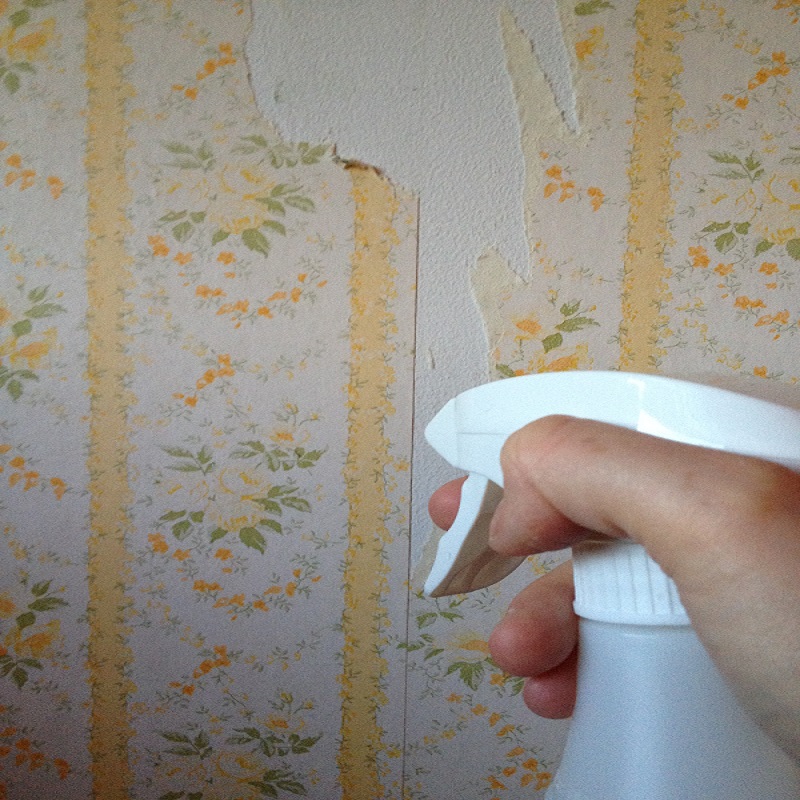
Smoothing the Wall Surface
After the wallpaper has been removed and the adhesive residue has been washed away, it’s important to smooth the wall surface before applying new paint or wallpaper. Here’s how to do it:
- Use sandpaper to smooth out any rough or uneven areas on the wall. This will help create a clean, even surface for the next step.
- If necessary, apply a coat of paint or wallpaper primer to the wall. This will help to seal the surface and provide a better base for the new wall treatment.
Applying New Paint or Wallpaper
Once the wall surface is smooth and prepared, it’s time to apply a new coat of paint or wallpaper. Follow these steps to complete the process:
- If you’re painting the wall, use a high-quality paint and a good-quality brush or roller to ensure a smooth, even finish. Apply at least two coats of paint for best results.
- If you’re applying new wallpaper, measure and cut the wallpaper to fit the wall, following the manufacturer’s instructions for best results. Use a wallpaper smoother to remove any air bubbles or wrinkles.
How to clean wallpaper
When it comes to home decor, wallpaper can add a touch of style and personality to any room. However, over time, dust, dirt, and stains can accumulate on your wallpaper, making it look dull and dirty. Cleaning your wallpaper is essential to maintaining its appearance and extending its lifespan.
Types of Wallpaper
Before we dive into the cleaning process, it’s important to understand the different types of wallpaper and how they should be cleaned. The most common types of wallpaper include:
Vinyl wallpaper:
This type of wallpaper is durable and resistant to moisture, making it suitable for high-traffic areas and bathrooms. Vinyl wallpaper can be wiped clean with a damp cloth, making it relatively easy to maintain.
Fabric wallpaper:
Fabric wallpaper is luxurious and adds a soft, textured look to a room. However, it is more delicate than vinyl wallpaper and should be cleaned with care to avoid damaging the fabric.
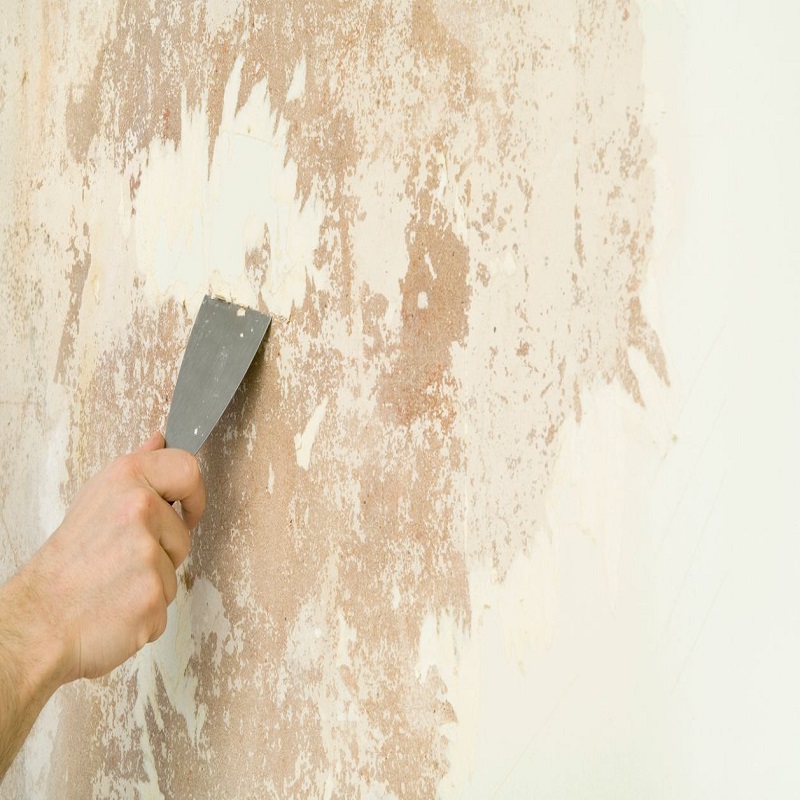
Textured wallpaper:
Textured wallpaper comes in a variety of materials, including grasscloth, embossed, and flocked. Cleaning textured wallpaper requires a gentle touch to avoid altering its texture or causing damage.
Now that we’ve covered the different types of wallpaper, let’s explore the best cleaning methods for each type.
Cleaning Vinyl Wallpaper
Vinyl wallpaper is the easiest type to clean due to its water-resistant and durable nature. Here’s how to clean vinyl wallpaper:
- Start by dusting the wallpaper with a clean, dry microfiber cloth to remove loose dirt and debris.
- Mix a mild detergent with water in a bucket. Dip a soft sponge or cloth into the solution and wring out any excess liquid.
- Gently wipe the wallpaper with the damp cloth, starting from the top and working your way down. Avoid over-saturating the wallpaper to prevent damage.
- Once you have wiped the entire surface, use a clean, dry cloth to remove any excess moisture.
Cleaning Fabric Wallpaper
Fabric wallpaper requires a more delicate approach when it comes to cleaning. Here’s how to clean fabric wallpaper without damaging the delicate fabric:
- Use a soft-bristled brush or vacuum cleaner with a brush attachment to gently remove dust and loose dirt from the wallpaper.
- If there are any stains on the fabric wallpaper, use a mild detergent diluted in water and a clean cloth to spot clean the affected areas. Test a small, inconspicuous spot first to ensure the detergent does not cause damage to the fabric.
- Once you have spot cleaned the stains, use a clean, damp cloth to gently wipe the entire surface of the wallpaper. Avoid using excessive pressure to prevent damaging the fabric.
Cleaning Textured Wallpaper
Textured wallpaper requires special care when it comes to cleaning, as harsh scrubbing or excessive moisture can alter the texture or cause damage. Here’s how to clean textured wallpaper:
- Dust the textured wallpaper using a dry microfiber cloth or a soft-bristled brush to remove loose dirt and debris.
- If the textured wallpaper is very delicate, avoid using water or liquid cleaners and instead opt for a dry cleaning method. You can gently vacuum the wallpaper using a brush attachment to remove any dust and dirt.
General Tips for Cleaning Wallpaper
Regardless of the type of wallpaper you have, there are a few general tips to keep in mind when cleaning:
- Always test any cleaning solution on a small, inconspicuous area of the wallpaper before applying it to the entire surface.
- Avoid using abrasive cleaners, scrub brushes, or excessive pressure when cleaning wallpaper, as this can cause damage.
- If you are unsure about how to clean your specific type of wallpaper, consult the manufacturer’s guidelines or seek professional advice.
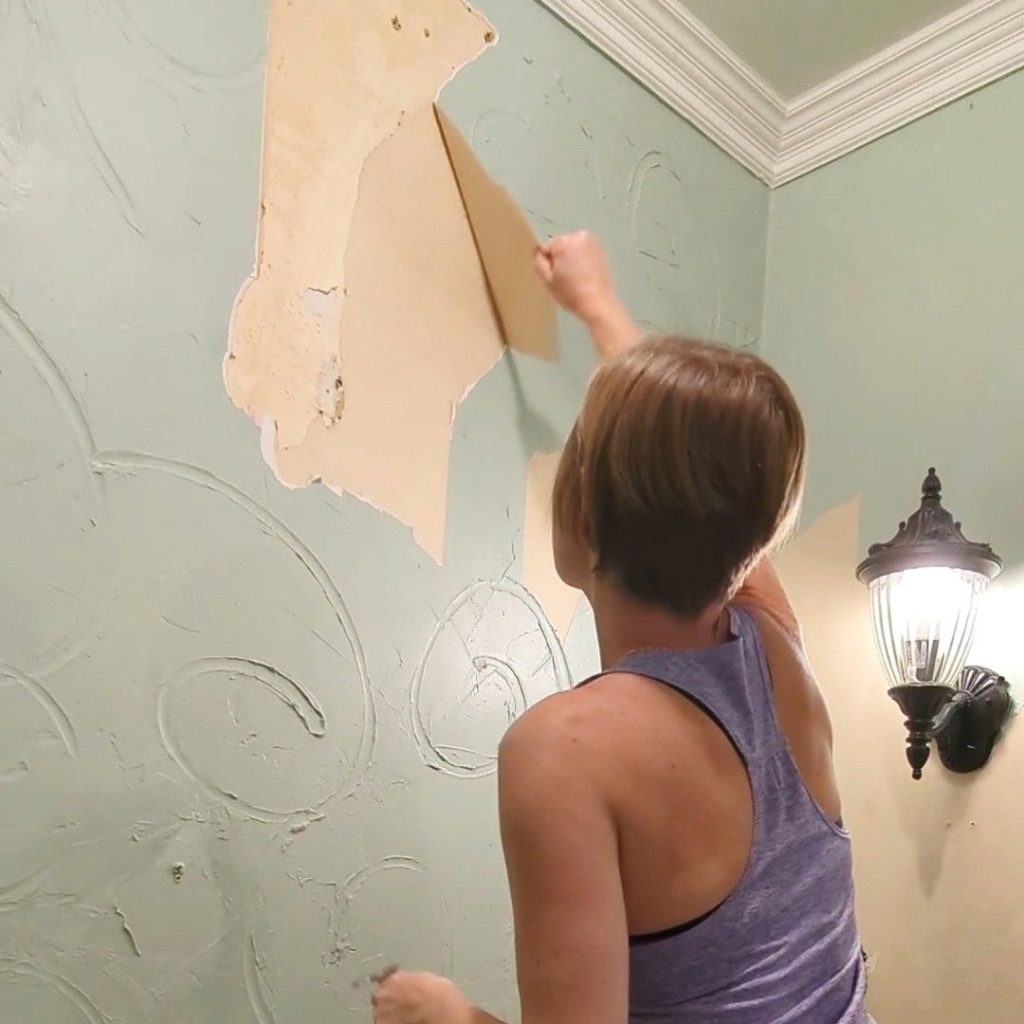
Conclusion
Removing wallpaper can be a time-consuming process, but with the right tools and techniques, it can be a relatively straightforward task. By preparing the room, gathering the necessary tools and materials, and following the steps outlined in this guide, you can successfully remove old wallpaper and update your walls with a fresh coat of paint or new wallpaper. With a little patience and elbow grease, you can transform your space and create a new look that you’ll love for years to come.
